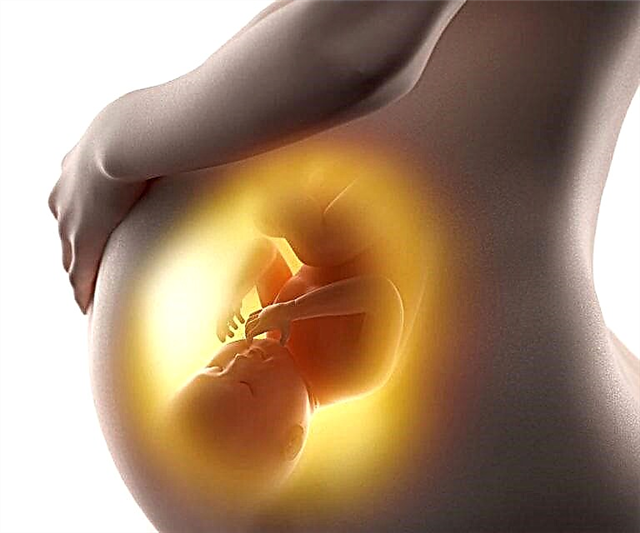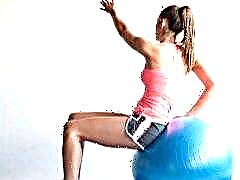
The well-being of a pregnant woman largely depends on how good her physical shape is and how much she is used to maintaining it. In the first trimester, it is still very easy to carry a baby if there is no toxicosis, but it is during this period that you need to think over and decide what kind of physical activity should be in order to carry a pregnancy relatively easily, give birth without difficulty and quickly recover after childbirth.
Physical education for a pregnant woman - truth and myths
Much has been written and said about the benefits of adequate sparing physical activity for expectant mothers. Moving, doing gymnastics is recommended by doctors and experienced mothers. After finding two stripes on the test, a lot of questions arise, including whether it is now worth limiting your physical activity. If a woman went in for sports or fitness before pregnancy regularly and systematically, then you definitely should not quit.
If the expectant mother and sports are polar concepts, then it is also worth considering what to do next in order to help your body carry the baby without complications, support the muscles, and prepare for childbirth in the best way.
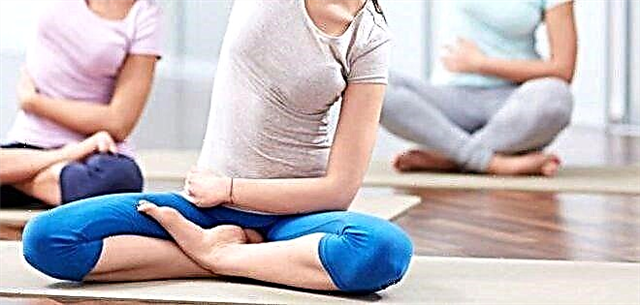
In both cases, it is important for a woman to know exactly what types of load are now contraindicated for her, and which are allowed, how to properly organize her workouts.
The first trimester is a great time to change your lifestyle if you have been quite lazy and sedentary. The more mobile and active a woman is while carrying a baby, the easier it is for her to become pregnant, the faster and better the cervix will prepare for childbirth in the last weeks. In the early stages, gymnastics allows you to normalize your well-being, relieves toxicosis, improves blood circulation, reduces the frequency of episodes of dizziness, and reduces headaches. Women with prepared muscles of the pelvic floor, perineum, legs, back give birth easier and faster, less often they encounter birth injuries, ruptures, the need for an episiotomy.
In the early stages, the benefits of gymnastics are obvious:
- well-being improves;
- the level of anxiety decreases, a woman can maintain a good mood even in conditions of a strong influence on the psyche of the changing hormonal background;
- physical education helps to improve uteroplacental blood flow, reduces the likelihood of fetal hypoxia;
- gymnastics allows a woman to control her weight gain.
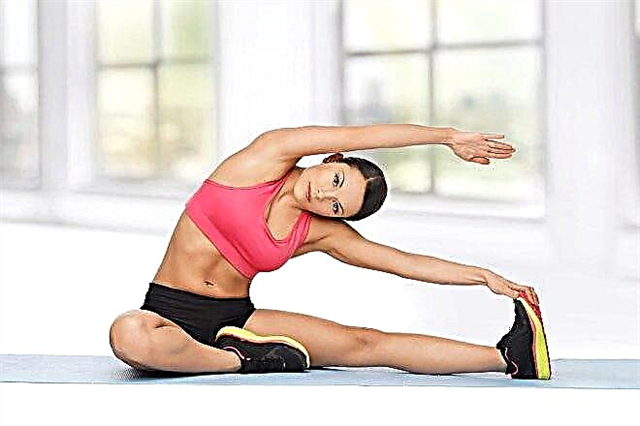
Physical activity and early pregnancy sometimes seem completely incompatible. It so happened that there are many stereotypes in society that do not always correspond to reality.
- "A pregnant woman needs peace." This statement is false and dangerous. Physical inactivity can cause many complications during pregnancy and subsequent childbirth. Peace is needed only for those to whom doctors categorically prohibit any exercise, a healthy pregnant woman is contraindicated in peace.
- "Until the belly is visible, the load can be anything." This is also a very dangerous delusion. The abdomen manifests itself when the uterus ceases to fit in the small pelvis and begins to lift up into the abdominal cavity. This happens most often after 12 weeks. But the first three months in a woman's body are the most extensive restructuring, although they are not always visible to others. Therefore, exhausting, grueling physical activity can be very dangerous.
- "Yoga is best for pregnant women." Yoga is a very broad concept, and there are indeed varieties of poses that are created specifically for women in an "interesting position", but most of the common asanas are contraindicated for pregnant women, and therefore it is clearly not worth it to blindly rush headlong into yoga classes without consulting a specialist trainer ...
- "The more different exercises there are in the training program, the greater the effect will be achieved." You cannot overload yourself with even light exercises from the therapeutic gymnastics program for pregnant women. Physical activity should be as easy and balanced as nutrition.
The first trimester is the time that requires a woman to be sensitive to her own health. Moderate and correct exercise will be beneficial, and excessive and unreasonable can lead to miscarriage or various complications.

Contraindications
As already mentioned, there are circumstances in which physical activity for a woman in early gestation may be contraindicated. These include the following situations:
- any negative changes in condition, fever, acute period of any disease;
- chronic renal pathologies, problems with the cardiovascular system in a woman;
- severe or severe toxicosis, proceeding against the background of dehydration and requiring medical attention in stationary conditions;
- severe anemia;
- the threat of miscarriage, confirmed by a doctor;
- pregnancy after IVF;
- chorionic presentation, low placentation;
- retrochorial hematoma;
- multiple pregnancy (on an individual basis).
Therefore, it is better to start physical education in the early stages of pregnancy after the woman registers with the antenatal clinic and is initially examined. The doctor in this situation, knowing the characteristics of the patient's health, will give an accurate answer to the question of whether she can do gymnastics or yoga and how frequent and intense these loads can be.

Prohibited and permitted exercises
If a woman went in for sports before pregnancy, then with the onset of an "interesting position" she will have to reconsider her loads. It will also be useful for women who are far from sports to know which loads are contraindicated from the earliest dates:
- weightlifting, weight lifting;
- run;
- diving (and any other jumps);
- exercises for the press;
- Exercises requiring excessive stretching
- any exercises that require the need to balance - falling will not work;
- cardio workouts and intense workouts in the gym.
What types of physical activity should you pay attention to when drawing up your personal training program:
- daily walks in the air at an even and calm pace (at least half an hour per day);
- swimming and water aerobics;
- Pilates;
- belly dancing, oriental dancing;
- breathing exercises;
- yoga for expectant mothers;
- exercises on a gymnastic ball - fitball;
- Kegel exercises.


You can ski, play table tennis in a calm rhythm, but from figure skating or rhythmic gymnastics, as from types of traumatic, requiring balancing and impeccable work of the vestibular apparatus, with the onset of pregnancy, it is better to temporarily refuse.
Execution rules
Regardless of what kind of training programs a woman will adopt, there are general safety rules for physical education in the first trimester of pregnancy:
- do not allow sudden movements, do everything smoothly, carefully, due to an increase in the amount of blood in the body, sudden movements can cause fainting;
- "Tonic" exercises should be alternated with relaxing ones, and you should always start gymnastics after a warm-up;
- conduct classes in the morning so that gymnastics does not cause overexcitation of the nervous system in the evening;
- all exercises that involve squats or bends should not be done to full depth, but only half - the absence of the abdomen at an early stage is not an indicator, much more important to know that now the pelvic organs are more intensively supplied with blood;
- the hormonal background of a pregnant woman before the 13th week implies the predominance of the effect of progesterone, and therefore one should be careful about stretching exercises - the ligaments and tendons are injured faster.

Home workout program
It is advisable for a woman to compose her own program on her own in order to include in it only those exercises that are given easily, in which the expectant mother does not experience discomfort and negative feelings. If you cannot do this on your own, we recommend universal gymnastics for the early stages. The fair sex can do it herself, without having to pay for the services of a trainer or instructor.
Warm up
To warm up, rise on your toes several times and lower yourself on your feet, raise and lower your arms, spread them to the sides, do several half-squats. Sit on the floor with a slight pull on your thigh muscles. In a sitting position, you can make several turns of the body to the right and left sides alternately.
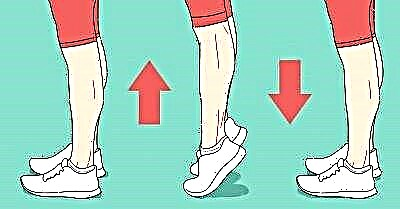
Main part
Increase the intensity of the exercises gradually, starting with the easiest ones.
- Stand up, spread your legs shoulder-width apart, straighten up, freely lower your arms with "whips". Mentally count to five and inhale, and exhale to the count of seven.
- Walk around. Try to "march" for a minute, followed by a minute break to restore your pulse and breathing.
- Squat while keeping your arms back. Remember that squats should not be deep. Start from a standing position with your hands locked behind your back. Try not to open your arms while squatting. Remember to take deep breaths and slow breaths out.
- Bend forward while extending your arms in front of you. Make sure that the forward bend is not too strong. Keep your head straight, do not open your hands.
- Train your chest and back muscles - the "cat" pose is suitable for this. Get on all fours, arch your back and throw your head back, inhale. As you exhale, bend your back in the opposite direction, round it and bring your chin to your chest. This is how cats can round their backs.
- Train the muscles of the perineum and legs - take a supine position, rest your feet on the floor and lift your pelvis, hold it in this position for up to 4.
- Sit comfortably on the fitball, maintain balance with your arms extended forward. Swing on the fitball in a circular motion and a figure eight - this perfectly stimulates the pelvic muscles.
- Take a position lying on the floor on your back, put your feet on the fitball and roll the ball in circles to the right and left, first with two legs, and then each in turn.
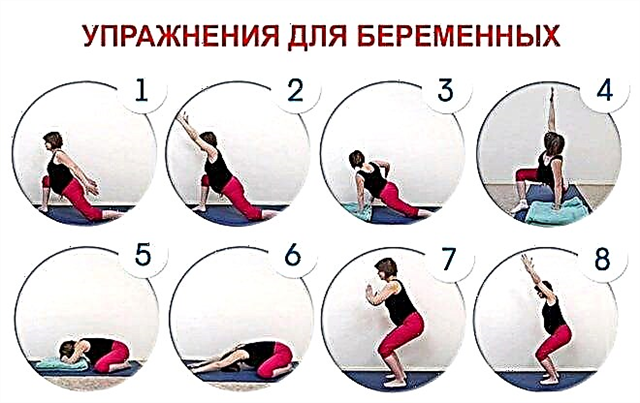
Finish breathing and relaxation exercises... For this, calm, measured and deep chest and abdominal breaths and exhalations are suitable, as well as some yoga poses, for example, the cross-legged pose, the feet of which are led under the buttocks.
Fitness and exercise during pregnancy must be enjoyable to be truly beneficial. If you are not in the mood, it is better to postpone classes to another time or to another day. Never force yourself to do something with force.
The following video presents a set of exercises for pregnant women from 1 to 20 weeks.

